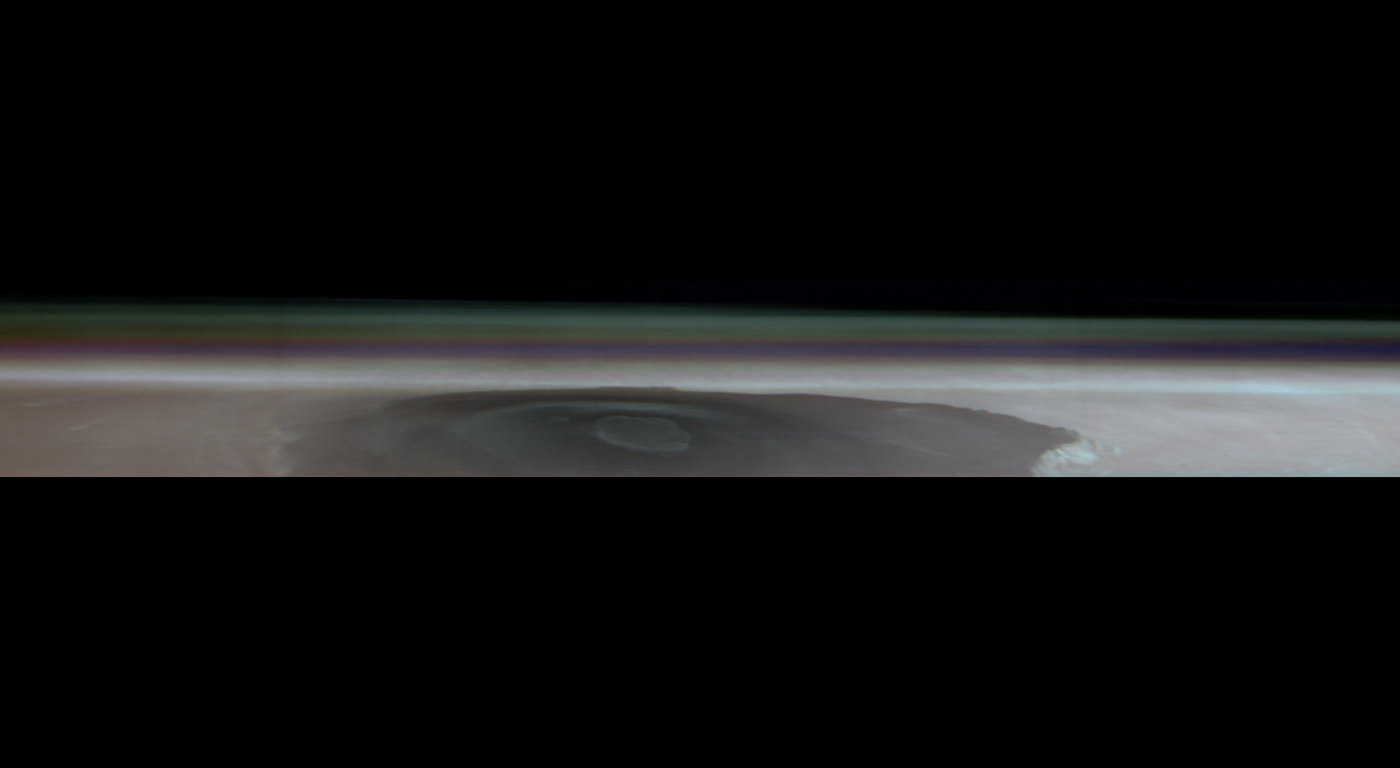NASA captured an expansive view of the largest volcano known to humanity.
The space agency used its 23-year-old Mars Odyssey orbiter to capture a never-before-seen view of Olympus Mons — a vista similar to how astronauts in a hypothetical orbiting space station might view the behemoth mountain. It’s 373 miles (600 kilometers) wide — about the size of Arizona — and 17 miles (27 kilometers) tall. That’s over twice as high as commercial airliners fly.
“Normally we see Olympus Mons in narrow strips from above, but by turning the spacecraft toward the horizon we can see in a single image how large it looms over the landscape,” NASA’s Odyssey project scientist, Jeffrey Plaut, said in a statement. “Not only is the image spectacular, it also provides us with unique science data.”
By volume, the Martian volcano is 100 times larger than Earth’s biggest volcano, Hawaii’s Mauna Loa. If one were to summit this mountain, the curvature of the Red Planet would be visible.
Mashable Light Speed
The wide panorama image, visible in the imagery below, shows sprawling Olympus Mons at bottom with its caldera (a collapsed pit) atop the volcano. As you can see, it’s not a sharply peaked mountain, but is a gradually sloping “shield volcano,” similar to the Hawaiian volcanoes. It was formed by progressive lava flows, as thick oozing lava layered upon earlier lava flows.
Above Olympus you can see three colorful bands. The bottom bluish-white band is dust in the Martian atmosphere, as the Red Planet’s giant dust storms had begun picking up in March, when the image was taken. The purple layer is likely a mix of water-ice clouds and red dust. And the top blue-green layer is composed of water-ice clouds (they reach 31 miles, or 50 kilometers, high).

Olympus Mons captured by NASA’s 2001 Mars Odyssey orbiter on March 11, 2024.
Credit: NASA / JPL-Caltech / ASU
The Odyssey spacecraft arrived at Mars in 2001, with the primary mission of detecting water ice buried near Mars’ surface and observing other Martian environs. To gain this perspective, NASA engineers fired thrusters to reorient the spacecraft so its camera faced the horizon rather than peering down at the surface.
Beyond capturing such a unique view of the Red Planet, Odyssey has now made over 100,000 orbits around Mars, and has snapped a whopping 1.4 million images.
The solar-powered craft is now the longest-operating mission around another planet. Godspeed, Odyssey.
Topics
NASA
